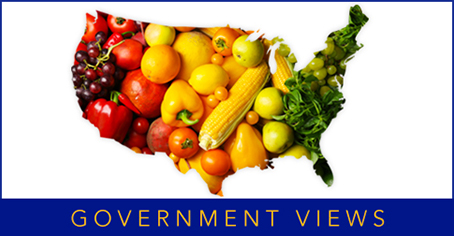Smaller retailers may be more nimble and can take advantage of changes in supply. They can buy from a producer facing an oversupplied market, then offer a deeply discounted price to customers, undercutting larger retailers.
The report can also help retailers gain a window into the marketing strategies of their competitors through detailed information about which items are being advertised and at what price. Retailers can take a quick look at the top ten fruits and vegetables advertised each week, as well as the weighted average price for all covered items.
Market News also issues a daily National Specialty Crops Organic Summary, which includes retail information for organic specialty crops, as well as wholesale prices, shipping point prices, and movement.
With access to all of this information, users can gain a sense of what their competitors are doing and better formulate their own strategies in response. Some retailers may choose to be a loss leader to attract customers, yet offer only moderate discounts on other advertised items. Others may choose to stock a less expensive grade to offer low prices to remain attractive to price-sensitive consumers. Both approaches can be successful and yield lucrative results for retailers.
Regional Tactics
So how do stores decide what to put on sale each week? Regional differences in price points and consumer preferences are key factors in deciding which types of produce to put on sale each week. The report can help retailers make this decision by providing reliable information about regional and national markets, and offering insight into demand.
The report splits national data into eight smaller regions, making it easier to identify the items being sold, and their prices, in a specific region. Retailers can use this information to determine what other retailers are doing in a specific area of the country, and to identify and capitalize on the differences among regions.
Also, the historical data that Market News provides through the report allows retailers to look backwards at past trends, and forward to predict future trends. It also helps users understand retail patterns to more effectively plan ad specials and, potentially, maximize profits. When historical and regional data are used together, they can help retailers develop a keen vision for what produce items will sell best, and where and when to advertise them.
As consumer preferences and demand have grown and changed, the National Retail Report–Specialty Crops has expanded along with them. In the nearly ten years of the report’s existence, it has added specialized categories to enable retailers to pinpoint price and demand for newer categories like organics and locally grown produce. There is also a state-branded category and information on numerous new commodities is already in the works.
As the face of retailing changes, Market News will continue to be the ‘eyes and ears’ of the produce industry by providing timely and reliable information to provide market transparency for the benefit of everyone in the throughout the marketing chain.



